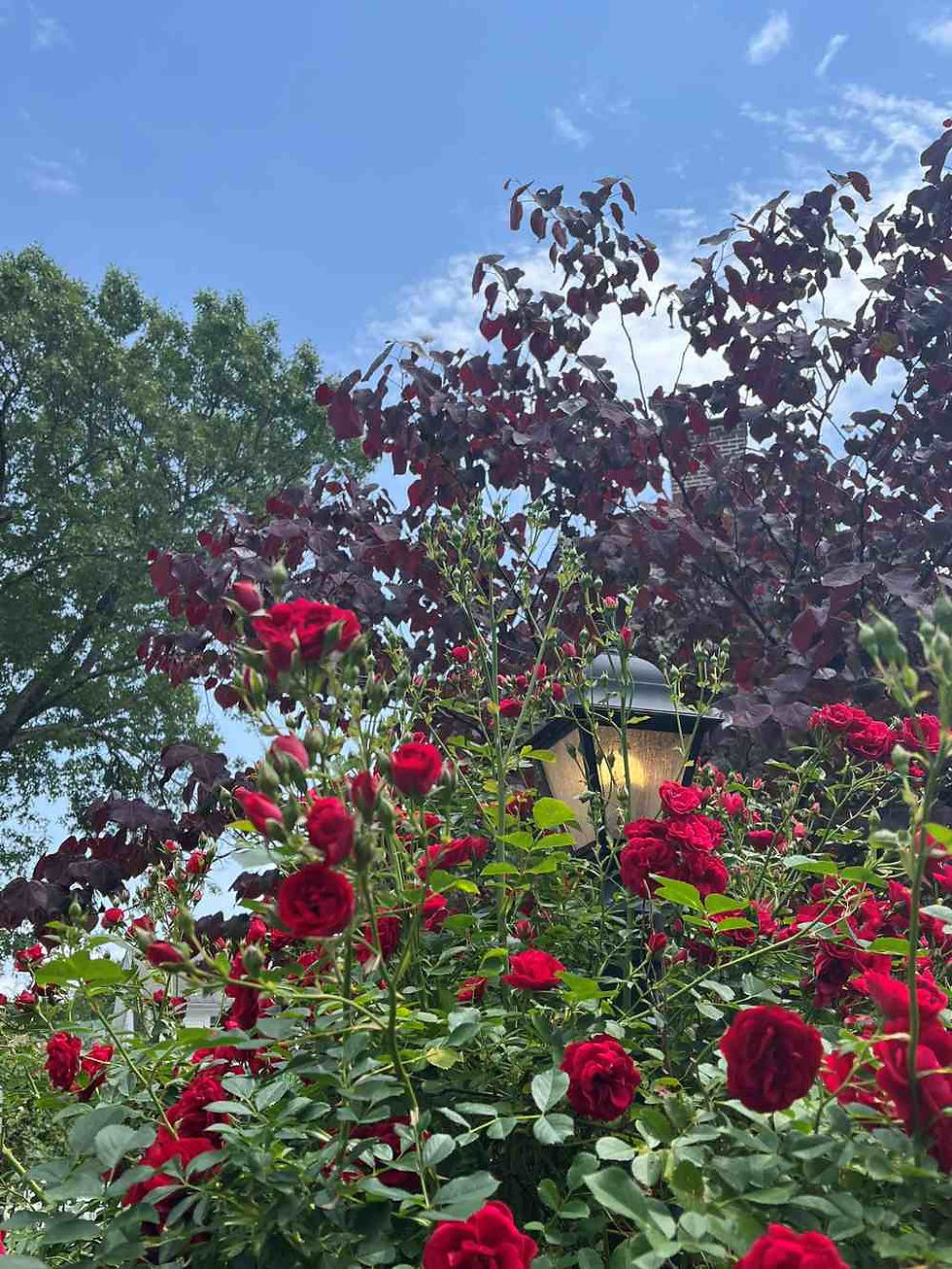Achew! Five Facts about Seasonal Allergies
- LaCalaveraCat
- Apr 11, 2023
- 3 min read

Image source: Photo by Nita on Pexels
Did you know that more than a quarter of US adults suffered from seasonal allergies in 2021, according to the CDC? I grew up in places that really didn’t have abrupt seasonal changes (like Okinawa, Japan; southern California; and Hawaii), so I didn’t develop seasonal allergies until I moved to New England. The sudden explosion of flowers and tree pollen every spring was just too much for my poor body to handle.
Seasonal allergies might seem simple, but the CDC notes that it costs Americans $3 billion dollars a year. It’s big business, and I for one wanted to find some more facts about this annoying affliction that has my eyes watering even as I type up this blog post.
Symptoms are similar to, but not the same as, the ones you experience with colds. Ever since COVID, every time my nose runs or my eyes feel itchy, every time I feel a tiny bit of post-nasal drip, I think of that Spiderman meme with multiple Spideys pointing to each other — is it COVID? Is it the flu? Is it a cold? Or is it just allergies? This handy New York Times article outlines those symptoms that are probably seasonal allergies (clear mucus, itchy eyes, sneezes) and those that are probably colds or viral infections (sudden onset, fever, coughs, sore throat).
Particular allergens dominate specific seasons. According to the Yale Medicine site, these are the allergens most likely to be causing you problems if you suffer from seasonal allergies, AKA, Allergic Rhinitis: April-May (tree pollen), June-July (grass pollen), Fall (ragweed and mold).
The biggest pollen particles are probably not causing your sneeze attacks. Living in the Boston area, when April/May rolls around, I can start to see cars, sidewalks, and roads coated in fine yellow dust. In an old car park I used to park in, the floors used to be piled high with fully white clouds every spring. I always assumed that, when I saw these telltale signs, these were the cause of my allergies. Not so. According to a 2022 CBSNews article, that yellow dust is actually pine pollen. Because you can actually see the pollen, that means it’s actually too large to bother your allergies. And those white fluffy clouds are not pollen but seeds from the Cottonwood and Poplar trees — again, too large to actually cause you problems.
Taking a shower can help reduce your allergy symptoms. Many people will take allergy medications like Claritin to stop those bothersome allergy symptoms. The Mayo Clinic site also outlines some simple nonmedicinal tactics you can use to combat allergies, including taking a shower and changing your clothes after going outside. This will help to actually wash a lot of pollen particles from you. One other thing that might also help with allergies? Masks. Yup, that old COVID standby. The New York Times cited Israeli researchers who found that masks helped nurses suffering from allergy symptoms by blocking those pollen particles out.
You can develop allergies when you’re older. I thought I had hit the allergy jackpot by not having them when I was younger. Turns out that that was only the case because I’d simply not been exposed to seasonal allergens. WebMD notes that people can develop first-time allergies even when they are in their 50s and 60s.
On my walk today, the wind was intense, and I could feel my eyes start to water and itch. At the end of my walk, it felt like my eyes were rolling around in sand. I did take a shower, and that did help my symptoms somewhat. Still, I’m battening down the hatches as much as I can by taking my allergy medicine, wearing my mask on high pollen days, and taking plenty of showers so that I can enjoy spring blooms without weeping and sneezing.




Comments